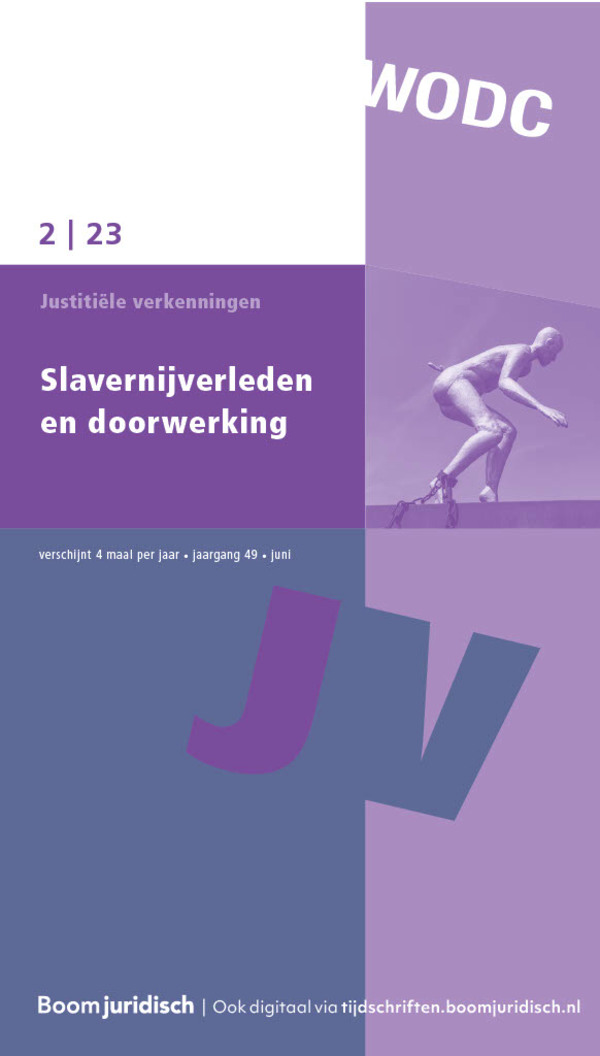|
The use of images is burgeoning in the criminal justice system and will continue to do so, mainly because of the introduction of the electronic file. Digital technologies and images have become more important in every phase of the system: images are collected and created to gather, analyze and present evidence. Besides mug shots and fingerprints, current images range from CCTV footage to 3D reconstructions and MRI scans. The question is whether these technological advancements and the increasing use and presence of image in the Dutch criminal justice system is revolutionary. This article discusses differences between the ‘old’ and ‘new’ images, focusing on form and content. The increase in types of formats and the highly specialized contents of today raises many empirical questions about the influence of images. Most of these questions have not been conclusively answered so far. The three most convincing findings underline the possible far-stretching, perhaps even revolutionary, consequences. |


Justitiële verkenningen
Meer op het gebied van Criminologie en veiligheid
Over dit tijdschriftMeld u zich hier aan voor de attendering op dit tijdschrift zodat u direct een mail ontvangt als er een nieuw digitaal nummer is verschenen en u de artikelen online kunt lezen.
| Redactioneel |
Voorwoord |
| Auteurs | G.N.G. Vanderveen en M.P.C. Scheepmaker |
| Auteursinformatie |
| Artikel |
Beeldmateriaal in de Nederlandse strafrechtsketen |
| Auteurs | G.N.G. Vanderveen |
| SamenvattingAuteursinformatie |
| Artikel |
Beeldinformatie in forensisch onderzoekNieuwe ontwikkelingen die aandacht vragen |
| Auteurs | J. Bijhold |
| SamenvattingAuteursinformatie |
|
With the introduction of new technology for crime scene recording and image capture, a new field of expertise has been created that is referred to as forensic visualization. In this paper an overview is given of the possibilities and limitations of the new technology in the different stages of a full forensic investigation. Many of these techniques will have an impact on investigation procedures. Research is needed to find out what the impact will be and how we can take advantage of new technology. |
| Artikel |
Het gebruik van videoconferentie in strafzaken |
| Auteurs | P.A.M. Verrest |
| SamenvattingAuteursinformatie |
|
In 2007 the option of videoconferencing for the hearing of witnesses and the questioning of accused persons in criminal proceedings was introduced in the Dutch Code of Criminal Procedure. So far videoconferencing has only scarcely been used in criminal proceedings, mostly because of a lack of technical means. This however should change rapidly, because of the installation of videoconferencing facilities in all criminal courts and prisons. It remains to be seen whether judges will be convinced that scrutinizing witnesses and accused persons through an audiovisual connection is an acceptable alternative to face-to-face proceedings. If so, the use of videoconferencing can be applied in a wide range of situations, varying from decisions on the pre-trial detention of accused persons to the hearing of witnesses in a criminal trial. |
| Artikel |
De praktijk van telehoren |
| Auteurs | M. van der Ende |
| Artikel |
Digitaal beeldmateriaal: revolutie in de rechtszaal |
| Auteurs | N.R. Feigenson en Ch.O. Spiesel |
| SamenvattingAuteursinformatie |
|
The variety and importance of visual displays in American courtrooms has exploded. This visual and digital transformation of law practice heralds nothing less than a revolution in the ways that lawyers argue, jurors and judges decide, and the public thinks about the law. This article offers essential background for understanding law's visual and digital transformation. Also the ubiquity of digital technologies is discussed. The authors conclude by outlining the challenges that these features of digital culture pose for the law. |
| Artikel |
Visueel bewijs in het Amerikaanse strafproces |
| Auteurs | J. Roosma en M.J. Dubelaar |
| SamenvattingAuteursinformatie |
|
The use of visual material in Dutch criminal proceedings has become more prominent in recent years. This development has important consequences in regard to the trial procedure and judicial decision-making. Despite the possible influence on our criminal procedure, Dutch criminal law lacks specific standards for the use of visual material in court. In the United States the use of visual technology is more established and better regulated. This article sets out the standards applicable to the use of visual evidence in the American criminal law system by exploring the Federal Rules of Evidence and relevant case law. These standards can be used as frame of reference when putting forward recommendations for possible standards in the Dutch criminal justice system. |
| Artikel |
Rechtspraak op televisie?Een bespreking van het rapport van de commissie-Van Rooy |
| Auteurs | G. Kor |
| Auteursinformatie |
| Boekbespreking |
Een pleidooi voor visueel alfabetisme |
| Auteurs | P. van Calster |
| Auteursinformatie |
| Recent |
Internetsites |
| Agenda |
Congresagenda |
| Recent |
WODC: website en rapporten |
